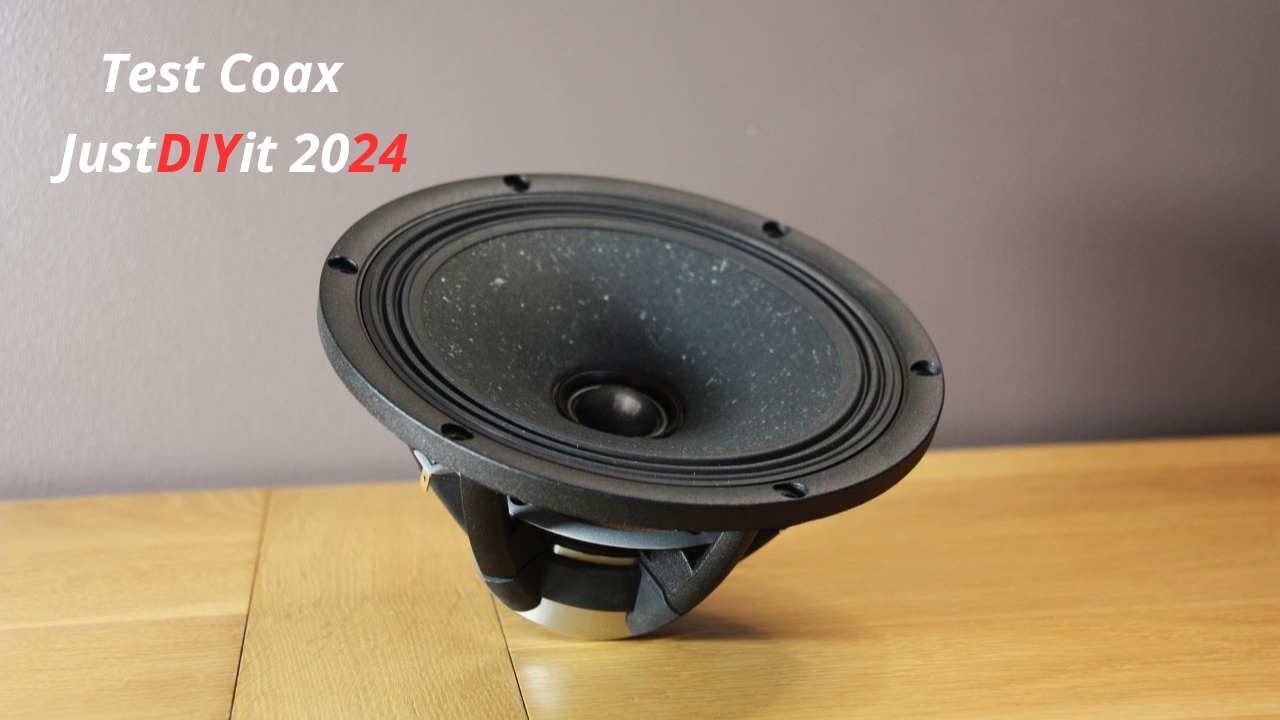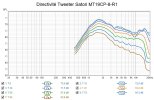I don't see much use of this coaxial. Seems well designed and a great candidate as a cardioid satelite crossed to a subwoofer for example.
See attached power response with crossover. Just the usual coax HF accident that disappears as soon as you go off axis.

See attached power response with crossover. Just the usual coax HF accident that disappears as soon as you go off axis.

SB Acoustics Satori MT19CP-8-R1 Coax - Page 2 sur 2 - JustDIYIt !
Je vous propose le test du coax SB Acoustics Satori MT19CP-8-R1 afin de voir comment le fabricant gère son coax haut de gamme.
www.justdiyit.com



